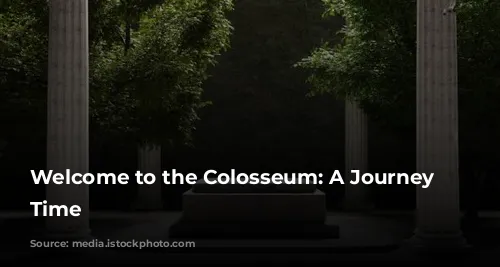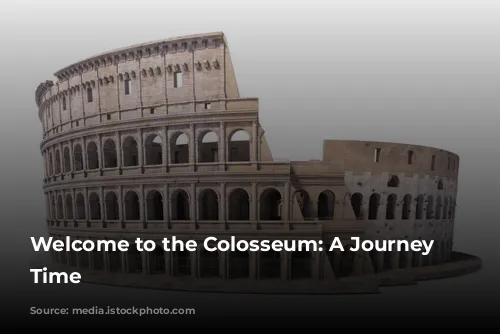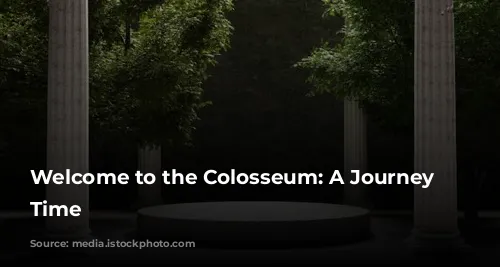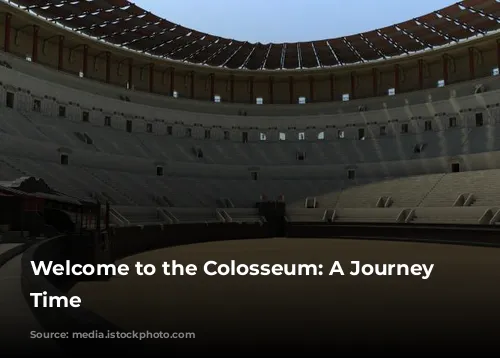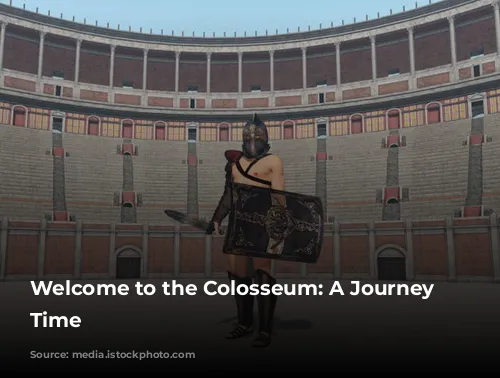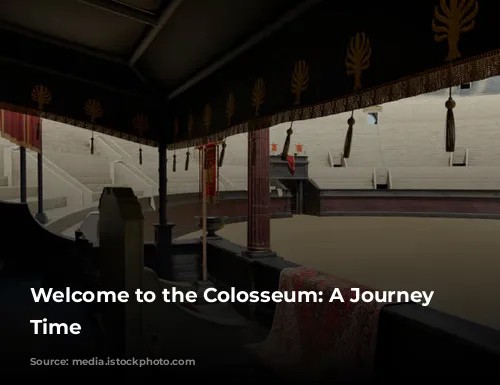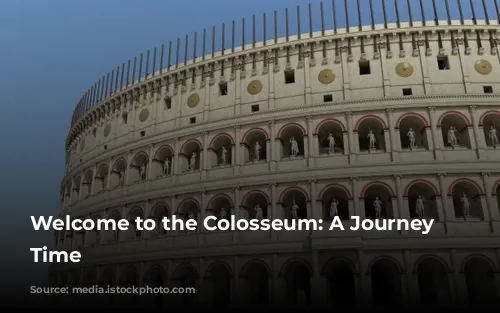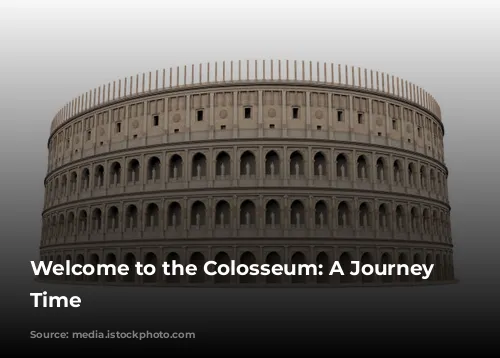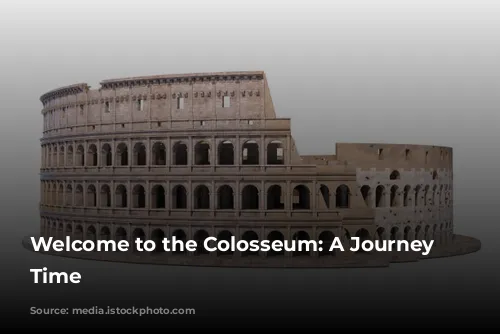The Colosseum, the grandest symbol of the Roman Empire’s power, captivates visitors with its sheer size and history. It’s no wonder it’s the most popular tourist attraction in Rome, welcoming over 7.5 million visitors in 2019! But with different ticket options, it can be confusing to know what’s best for you. Let’s explore the Colosseum’s secrets and discover why it’s a must-see on any trip to Rome.
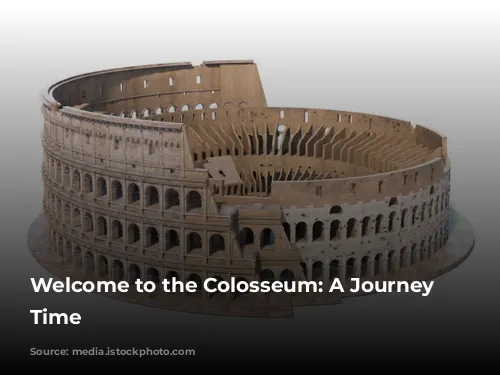
Exploring the Colosseum’s Secrets: Tickets & Tours
Navigating the Colosseum’s ticket options can be tricky. The standard ticket grants access to the Colosseum, Roman Forum, and Palatine Hill, offering a glimpse into ancient Rome’s bustling city center and elite neighborhood. But what about the arena entrance and underground tour? These add-ons offer unique experiences, giving you a deeper understanding of the Colosseum’s functions.
The arena entrance lets you stand where gladiators once fought, feeling the energy of ancient spectacles. The underground tour reveals the hidden world beneath the arena, where animals were kept and gladiators prepared for battle. These experiences paint a vivid picture of the Colosseum’s past, allowing you to step back in time and witness history unfold.
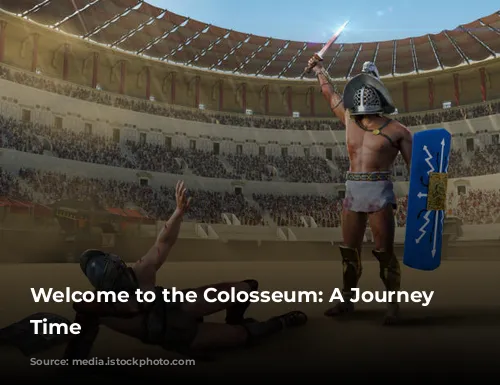
A Glimpse into Ancient Entertainment
The Colosseum wasn’t just a stadium; it was a place of entertainment and spectacle. Imagine thousands of spectators filling the arena, cheering on their favorite gladiators or marveling at exotic animal hunts. The emperor paid for these events, offering the Roman public a chance to escape the realities of daily life and enjoy a day of thrilling entertainment.
The Colosseum was a technological marvel, featuring innovative design elements that would still impress us today. From its numbered entrances and tiered seating reflecting social status to its retractable awnings and well-equipped amenities, the Colosseum was a testament to Roman ingenuity and engineering brilliance. It’s no surprise that our modern stadiums owe a debt to this ancient masterpiece.
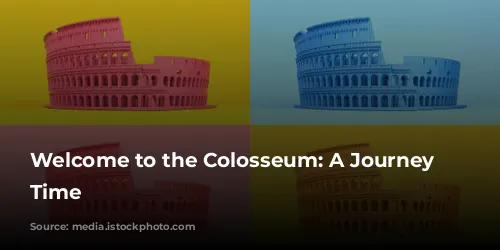
The Colosseum Today: Witnessing History
Time has taken its toll on the Colosseum, but its grandeur remains. Though only part of the outer ring survives, its immense scale and complexity are still evident.
A standard ticket allows you to explore two levels: the first floor, where you can walk along the most complete side of the arena, and the second floor, offering breathtaking views of the arena and the underground. From this vantage point, you can appreciate the vastness of the stadium, with its towering walls on the north side.
Don’t miss the opportunity to see the Ludus Magnus, the gladiators’ barracks, visible from the outside ring of the second floor. Inside, the permanent exhibition space offers a fascinating glimpse into the Colosseum’s history, displaying reconstructions of the underground machinery, gladiatorial graffiti left by spectators, and artifacts unearthed from the Colosseum’s sewers, including remnants of food and souvenir oil lamps. A huge wooden replica of the Colosseum, constructed in the 1800s, shows the building in its complete glory, with its intricate seating arrangements, internal corridors, and stairwells.
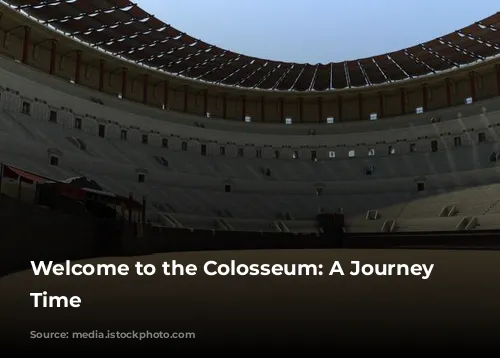
The Colosseum: A Masterpiece of Construction
The Colosseum is a testament to Roman construction prowess. This largest amphitheater ever built in the Roman Empire boasts impressive dimensions: 48.5 meters high, 188 meters long, and 156 meters wide. The Romans used over 100,000 cubic meters of travertine, a type of limestone, primarily for the exterior and arches, requiring a staggering 300 cartloads of stone per day for six years! The removal of over 300 tons of iron for recycling left the Colosseum with its characteristic holes, creating a unique visual effect.
It’s estimated that around 250,000 individuals worked on the Colosseum, not just slaves but skilled artisans like engineers, architects, carpenters, stonemasons, and sculptors. Their dedication and craftsmanship ensured the Colosseum’s enduring legacy.
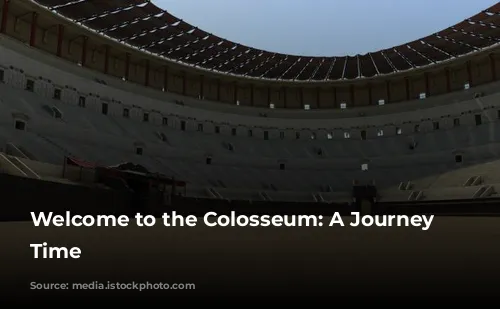
Unveiling the Colosseum’s Mysteries
The Colosseum’s secrets continue to fascinate historians and visitors alike. While modern estimates suggest a capacity of 50,000 spectators, evidence from the 4th century A.D. indicates a potential crowd of up to 87,000 people. Remember, ancient Romans were smaller than us! The Colosseum’s once-grand seating arrangements have succumbed to the ravages of time, with earthquakes causing the collapse of the supporting structures and the marble and stone seats being recycled.
The mystery of how tickets were obtained persists. We know they were free, likely distributed by the emperor, general, or politician funding the games. Perhaps a system of friends-of-friends or a first-come, first-served approach was employed. Prominent figures, like senators and politicians, had their own reserved seats with their names inscribed.
The numerous holes on the exterior of the Colosseum are another intriguing detail. The Romans used iron pins or staples to hold together the travertine blocks, but centuries later, these iron elements were removed and recycled, leaving behind the noticeable holes we see today.
The Colosseum hosted games for various religious festivals throughout the year, but these lavish events were costly, lasting only about five days. This means the Colosseum wasn’t open every day, unlike our modern stadiums.
The Colossus of Nero, a 30-meter statue of Nero as the Sun God, once graced the entrance of the Colosseum, giving it its name. This majestic statue, like so many other Roman artifacts, was eventually recycled, melted down, and re-used.
While we often envision the Colosseum as a bloody arena, it’s important to remember that the Romans, much like us today, sought entertainment. Although violence was part of the spectacle, trained gladiators were too valuable to be sacrificed in every fight. The goal was to entertain, offering a glimpse into the world of ancient Roman sports and its fascination with spectacle.
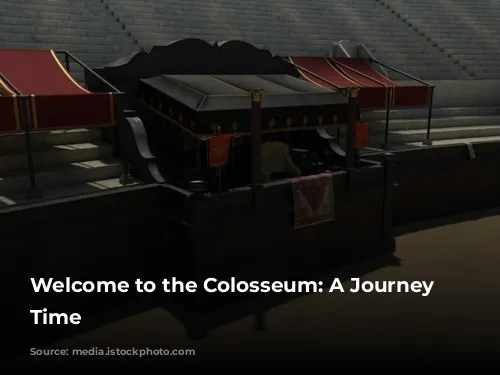
Conclusion
The Colosseum stands as a powerful reminder of the Roman Empire’s grandeur and ingenuity. From its imposing architecture to its thrilling history, this magnificent structure offers a captivating journey through time. Whether you’re standing in the arena where gladiators once battled or exploring the hidden secrets beneath the surface, a visit to the Colosseum is an unforgettable experience that will leave you awestruck.
